For several centuries, flower growers have been decorating gardens with various varieties and types of roses. To date, several groups of these plants are known:
- tea-hybrid;
- ground cover;
- miniature;
- floribunda;
- english;
- spray roses;
- patio roses;
- climbing;
- bush;
- park;
- scrubs.
The division into groups is conditional, since English roses can be called park or spray roses, and some varieties of spray roses are similar to patio roses. But English roses are central to this list, as they have a number of benefits:
- flowering duration;
- there is a charm of old roses;
- harmonious bush shape;
- disease resistance;
- a short break between flowering;
- flowers on a bush are arranged in clusters, and not singly;
- this group is represented mainly by varieties of roses bred by the breeder D. Austin.
Among the first varieties in the nursery in 1983, the rose Mary Rose was obtained. Her "parents" were Wife of Bath and The Miller. The variety got its name thanks to the three-deck warship of the English fleet during the time of King Henry VIII. This variety is distinguished by abundant continuous flowering, for which it has received recognition from rose growers all over the world.
Characteristics and description
As it should be, acquaintance with the variety begins with reading the description of all the features of the plant:
- Flowers. The diameter of the largest flower is about 12 cm. It has a cup-shaped form of old double roses with a lot of wavy petals at the edges. Their color is pale pink, the shade depends on the growing conditions. Florists often describe it as lilac pink. Sometimes the flowers of Mary's rose are called disheveled or sloppy, but they become so on the third day after the beginning of flowering and do not spoil the general appearance of the bush.
- Bush. The correct form of the plant is one of the advantages of the variety. The bush grows in height no more than 1.5 m. The diameter is about 1 m. For a more lush flowering and decorative effect, the bushes of the park rose Mary Rose are planted in 3 seedlings in one planting hole. In this case, the grafts should look outside the bush and be evenly spaced around the circumference.
- Dates and period of flowering. The first flowers on the bush appear earlier than other roses. Already in early June, large caps of inflorescences cover the bush. There are so many of them that the leaves are practically invisible. Flowering lasts about 3 weeks. New delicate buds appear to replace sloppy flowers. The second wave of flowering begins in August and lasts until October.
- Aroma. The pleasant and delicate aroma is described in various sources as light, in others it is considered more intense.
- Winter hardiness. When properly planted, Mary Rose can tolerate frosts down to -40 ° C. In various regions, planting is carried out at a depth of 7 to 20 cm. The grafting should be at a depth of at least 7 cm below the soil level. This value for the northern regions increases to 20 cm.
Growing conditions
To obtain abundant flowering and lush green foliage, the following requirements must be considered:
- Lighting. Rose Marie Rose belongs to shade-tolerant varieties, so it is better not to grow it in the sun. For good growth and flowering, the plant needs enough sun in the morning or evening. A light shade is desirable at noon. Flowers fade in the bright sun.
- Correct fit. When preparing the landing pit, drainage with a thickness of at least 10 cm must be poured onto its bottom.For these purposes, you can use fine gravel, broken brick or expanded clay. The hole should be 2 times larger than the root system of the plant. The roots and stem must be brought to proportional dimensions, that is, the volume of the lower part must correspond to the upper one. Before planting, it is recommended to cut the long roots of the rose so that they absorb moisture better. According to the instructions, the entire seedling should be placed in a nutrient solution of epin, zircon or HB-101 for several hours.
- The soil. Roses prefer fertile loose soil. For planting, the soil mixture is prepared in advance from garden soil, sand and humus, mixed in a 1: 1: 2 ratio. You can add a little coconut to make the ground loose, better air and water permeability. And it is better to add long-acting fertilizers like AVA, which will saturate the plant with useful minerals for 2-3 years.
- Watering. After planting, you need to water 2 times a week so that the soil near the roots does not dry out. Watering too often with a weak drainage system can lead to root rot. For better moisture retention in the root circle, you need to make a small mound of earth around the circumference. In addition, the plant responds well to mulching. The mulch can be mowed grass from the lawn, pine chips or decorative gravel. The layer thickness for a good effect should be at least 10 cm.
The minimum amount of dressings is 3 times a season:
- In early spring after thawing of the soil. As a top dressing at this time, it is better to use nitrogen-containing mineral or organic fertilizers, such as horse, cow dung or bird droppings. Fresh manure cannot be used in its pure form; it must be left to rot or diluted with water in a ratio of 1: 5. Bird droppings are bred 1:10.
- After the first flowering. After pruning faded roses, fertilizing is performed with a fertik-type mineral fertilizer. After any feeding, the plant should be watered abundantly at the root.
- The last feeding is done in September with a fertilizer containing phosphorus and potassium. The ideal amount of dressings is 2 times a month, alternating organic and mineral fertilizers.
Further care measures:
- Pruning is an important part of the rose care process. If you cut a climbing rose as a hybrid tea, then you can never wait for flowering. Austin English shrub roses are pruned according to a simplified scheme. In the fall, pruning is carried out for the purpose of shelter for the winter. The branches are shortened so that covering material can be placed above the bush. In the spring, after removing it, all branches are cut at about the same height, about 50 cm from the ground. After the plant grows and buds begin to appear on it, you can make sanitary pruning and remove weak or thickening branches. Pruning is done directly above the bud.
- Disease prevention. The first treatment for diseases is carried out in early spring after thawing of the soil with preparations based on copper and its compounds of the abiga-peak type. The drug thiovit-jet is also widely used, which fights against many diseases and some types of pests. Subsequent treatments should be carried out once a month. In addition, when the first signs of any ailment appear, you need to spray the plant as soon as possible with one of the drugs described above.
- Pest control. The possibility of aphids attacking young rose sprouts increases in humid and hot weather. The frequency of preventive spraying against pests is 1 time per 2 weeks. A good effect is achieved when using the drug spark or aktara. However, every season new products appear on the market.
Place and role in the garden
The harmonious Mary Rose shrub is perfect for a lush high curb in a large rose garden or as a tapeworm on a lawn. The solo group must consist of at least 5 bushes. Only in this case is the decorative effect of a bright spot achieved.
In order to capture the delicate aroma, it is better to plant the bushes closer to the path, but with the condition that the branches do not cling to clothing.
Mary Rose can be successfully grown as a stem. Today it is one of the most flexible varieties of English roses. It responds well to formative pruning and is easy to grow on a stem.
This variety is a classic that will never go out of style. You can plant exotic roses as much as you like, but the center of attention will still be Mary Rose. In addition, it is easy to clean. Isn't this enough to stop the choice on this variety?
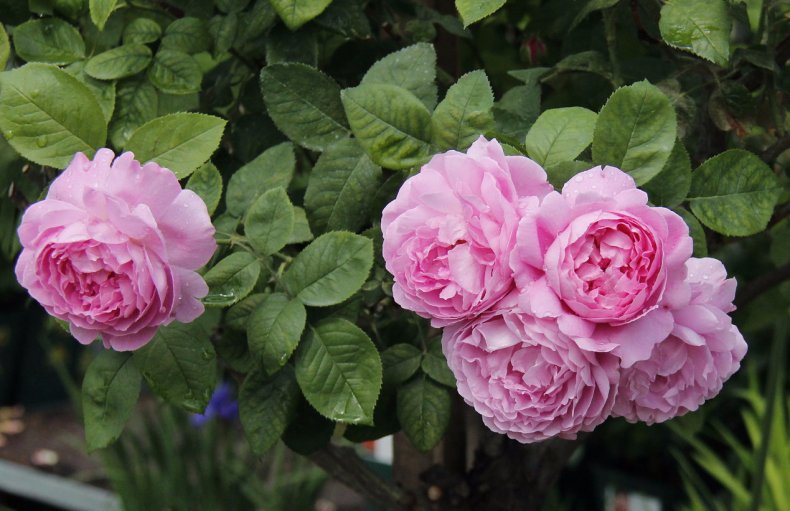
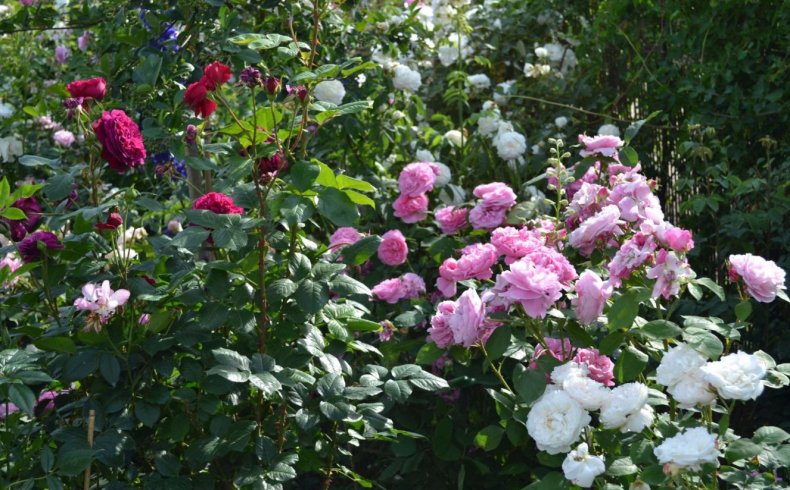
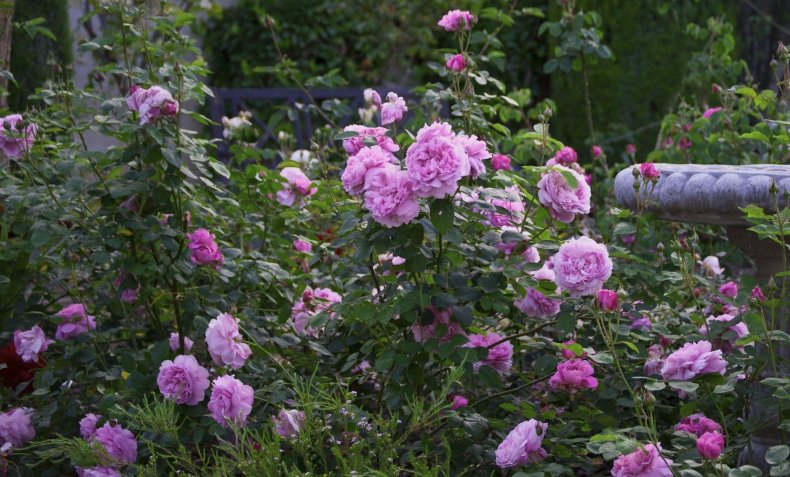

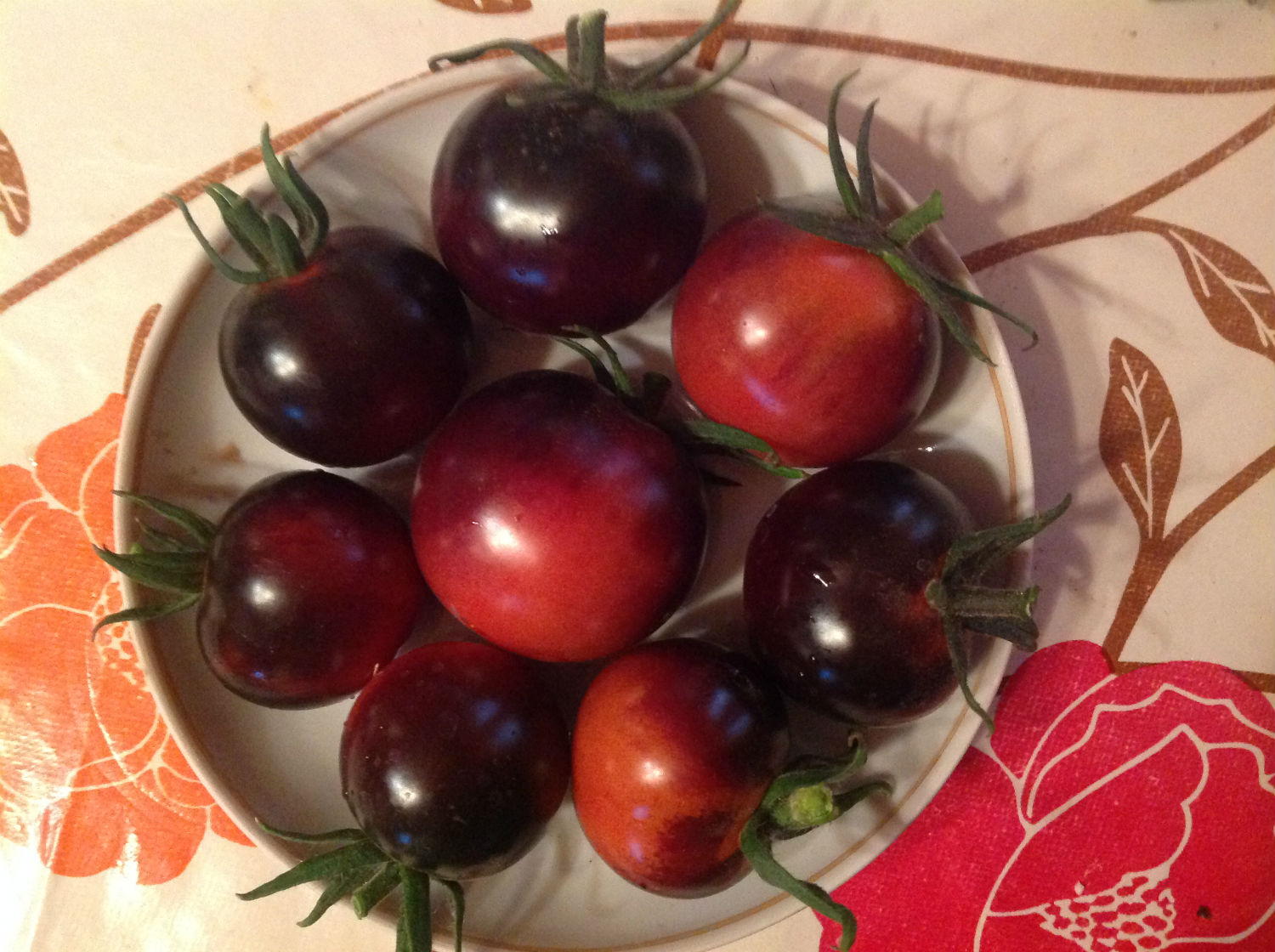
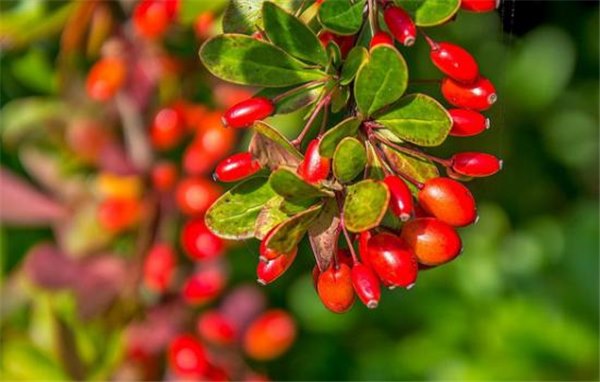










Thank you, very informative